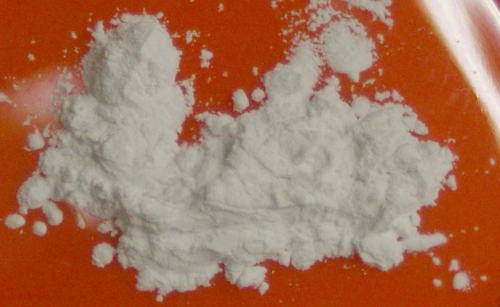Engineering Properties of Zirconia
Introduction
Zirconium dioxide (ZrO2), commonly known as zirconia, stands out as a white crystalline oxide with multifaceted applications, ranging from gemstone synthesis to serving as a diamond simulant. In this exploration, we delve into the engineering properties of zirconia, uncovering its crystal structures, phases, and the critical role of stabilizing dopants.
Crystal Structures and Phase Transitions
Zirconia, in its natural form, boasts a monoclinic crystalline structure as observed in the mineral baddeleyite. Notably, at room temperature, it adopts a monoclinic phase but transitions to tetragonal and cubic structures at higher temperatures. The resultant volume changes during these transitions induce stresses, leading to potential cracking during cooling from elevated temperatures. Stabilization of tetragonal and cubic phases is achieved by incorporating dopants like magnesium oxide, yttrium oxide, calcium oxide, and cerium (III) oxide.
-oxid.png)
Stabilization and Effective Dopants
Zirconia's utility often peaks in its stabilized phase, mitigating disruptive phase changes during heating. Yttria, when added in small percentages, proves to be an effective dopant. This addition eliminates undesirable phase transitions, endowing the material with enhanced thermal, mechanical, and electrical properties. The tetragonal phase, when metastable, can undergo transformation quenching, a mechanism that compresses cracks, retards growth, and significantly improves fracture resistance, thereby extending the reliability and service life of products utilizing stabilized zirconia.
Band Gap Variability
The band gap of ZrO2 is contingent on its phase (cubic, tetragonal, monoclinic, or amorphous) and preparation methods. Estimated to be within the range of 5-7 eV (0.80-1.12 aJ), the band gap varies with the crystal structure, influencing the material's electronic properties.

Tetragonal Zirconia Polycrystal (TZP)
A noteworthy manifestation of zirconia is the tetragonal zirconia polycrystal (TZP), indicating a polycrystalline form composed exclusively of the metastable tetragonal phase. This unique configuration holds significance in materials science, showcasing the potential of zirconia in diverse applications.
Conclusion
Zirconia, with its intriguing crystal structures, phase transitions, and the remarkable impact of stabilizing dopants, emerges as a ceramic marvel with unparalleled engineering properties. The strategic use of additives not only enhances its thermal and mechanical attributes but also showcases its potential for revolutionizing industries, from gemstone creation to advanced engineering applications. Stanford Advanced Materials continues to contribute to the forefront of material science, propelling the understanding and application of zirconia to new heights.









